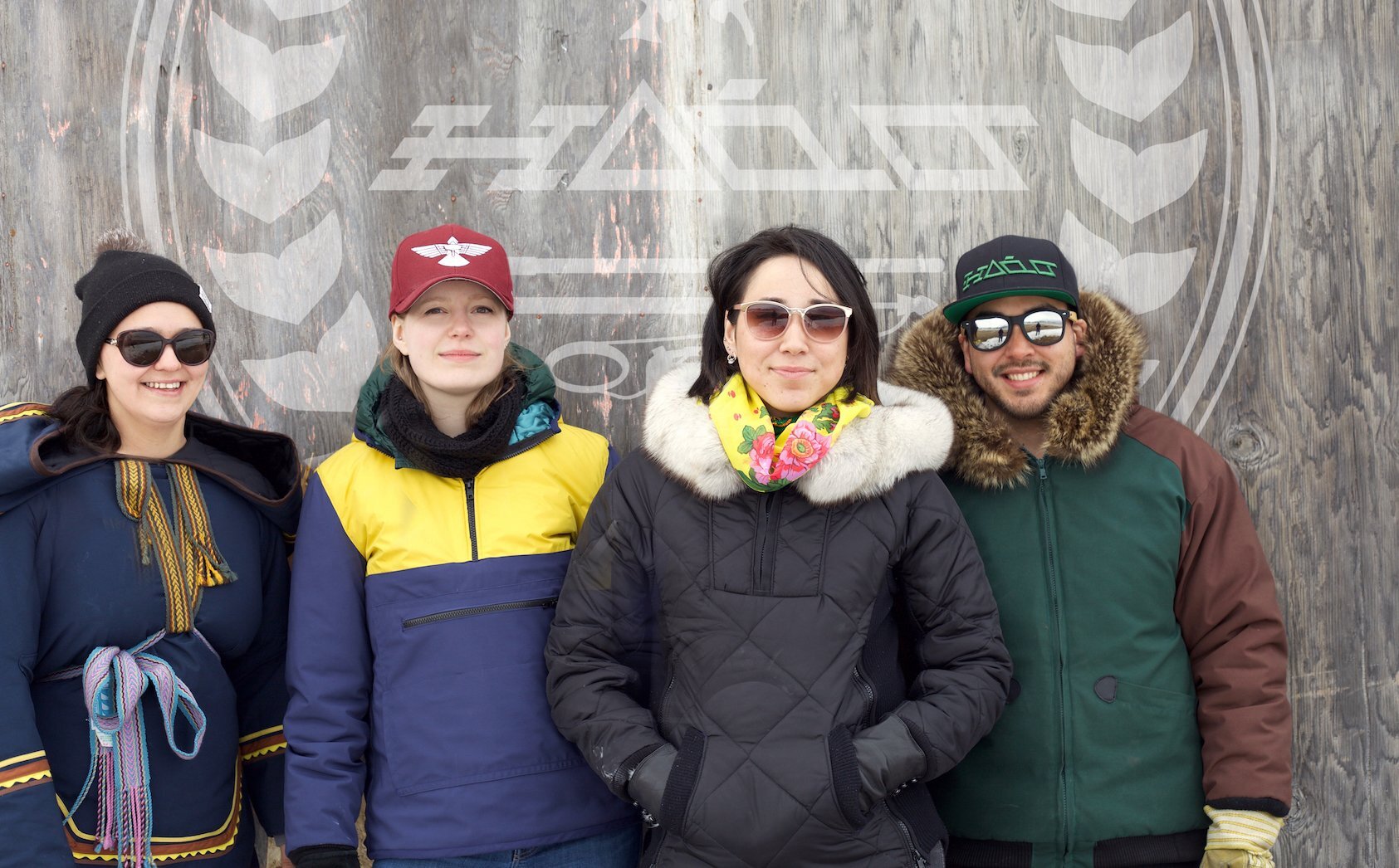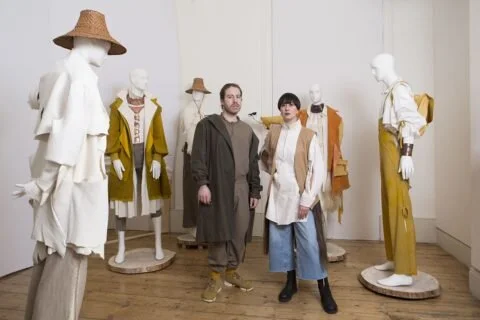5 Indigenous Designers and Brands Using Fashion and Lifestyle for Advocacy
While the line between cultural appropriation and appreciation has remained blurry in the world of fashion, there is a new influx of Indigenous designers taking on their style and entrepreneurial pursuits to reclaim their heritage. Time and time again, prominent name designers have found themselves accused of capitalizing off of sacred prints, headdresses, and leatherwork on the runways for a modern appeal. However, when no credit is given to the marginalized communities that these designers have taken, this situation becomes particularly harmful. Paying no homage to rich cultural significance, traditional use and wear can rewrite or erase the deep history of garments that are reinvented in a “mainstream” way, leaving fashion critics quick to point out the insensitivity of design choices of the world’s most loved luxury brands. This month, I’ve rounded up a collection of five Indigenous designers and brands that you can listen to and learn from, as well as support on their journey to achieving excellence. Amongst all five of these brands and designers are individuals who are deeply connected to their work and continue to use it as a platform to advocate for change in social influence, product development, and, most importantly, representation in the fashion industry.
1.Hinaani Designs
Based out of Arviat, a southern community on the mainland of Nunavut, Hinanni Designs creates items that reflect the Inuit culture and surrounding Arctic landscape. Behind the scenes, Hinaani strives to minimize negative impacts on the environment by only sourcing from ethical suppliers to make a worthwhile impact. With hopes to design clothing and accessories that foster positive self-esteem and promote Inuit pride, the team at Hinaani is using fashion to make the Arctic a better place.
2. Curtis Oland
Curtis Oland is a Lil’Wat-Canadian garment designer and interdisciplinary artist. His work in fashion, performance, installation, film and creative direction involves complex story-telling, connection to his Lil’Wat heritage, landscapes of his mountainous homeland, and experiences as an international nomad. Oland integrates the teachings he grew up on into his artistry by using sustainability to guide his work and foster change for the environment. This also includes a celebration to honor land and respect for one another. Oland pursued his studies at Ryerson University and is currently based in Vancouver, British Columbia. Notably, in 2014 Oland won the 2014 Emerging Menswear Design Competition at Toronto Fashion Week for his debut menswear collection.
3. Mother Earth Essentials
Founded by Carrie Armstrong, Mother Earth Essentials is a Canadian indigenous company based in Edmonton, Alberta. Armstrong comes from a long line of Cree Medicine women and provides philosophical and spiritual respect for the environment and plants the brand uses. Devoted to sharing Indigenous culture, Mother Earth Essentials bases all of its products upon traditional teachings from elders and medicine people, with hopes to use self-care and medicinal healing as a way to advocate for indigenous visibility.
4. Mia Ohki
Mia Ohki is a Métis-Japanese-Canadian artist currently working between Alberta and British Columbia. Ohki specializes in illustrations that provide a diverse cultural perspective and talk about Indigenous resilience, spirituality, and environmental justice. Inspired by her surroundings, Mia Ohki makes illustrations designed to showcase relatable portraits of feminine, social, and cultural influences in her life. Recently, the Shy Natives has partnered with Ohki to release a canvas tote bag sold out online. Kit and Ace, a lululemon sister brand, also partnered with Mia Ohki to release a limited edition canvas tote bag for International Women’s Day, in which 10% of the proceeds went towards the Canadian Women’s Foundation.
5. Jamie Okuma
Based in Pauma Valley, California, Jamie Okuma is a multi-platform and self-taught artist and designer. Experimenting with fashion at the age of 18 was the start of a long journey for Okuma. Her excellence has landed her pieces in the Metropolitan Museum of Art and the Nelson-Atkins Museum of Art. While her ready-to-wear accessories have captured the eyes of many, Okuma is known for her artistry infusing Indigenous culture and luxury goods. Okuma also debuted a ready-to-wear collection during the “Native Fashion Now” exhibition in New York that included a new take on traditional ribbon dresses and jingle dresses. Okuma has expressed that creating Indigenous designs has never been her outright desire, but instead, she has learned to use fashion and design to embrace and reclaim her heritage for the world to see.





